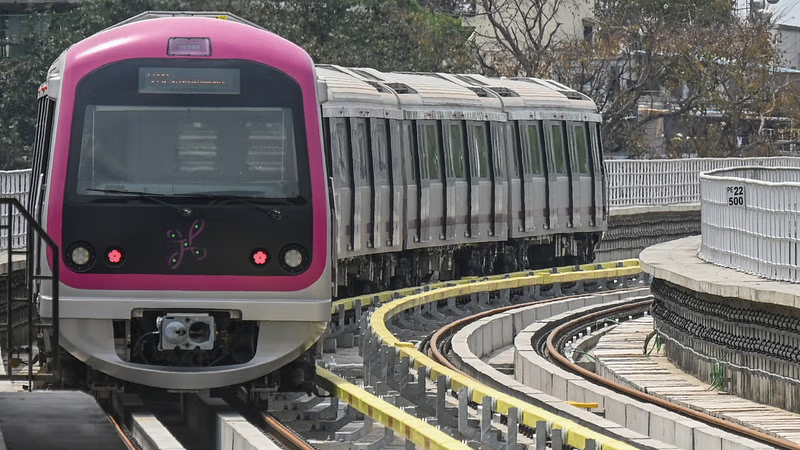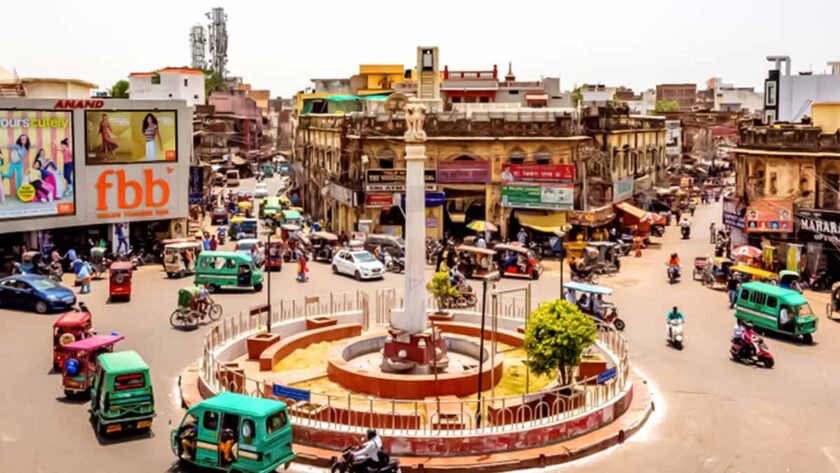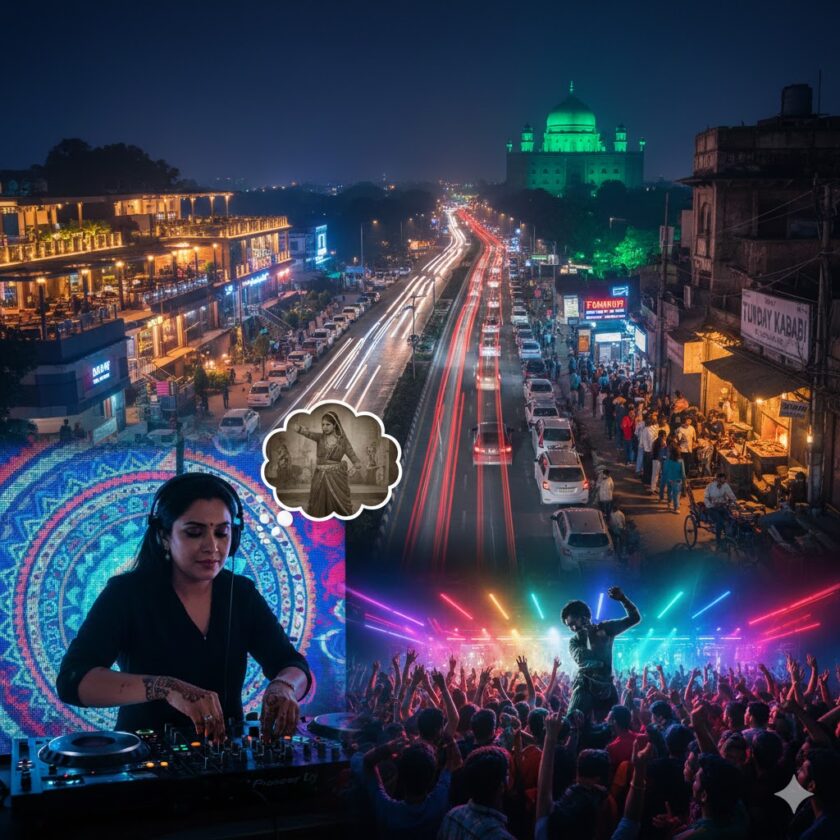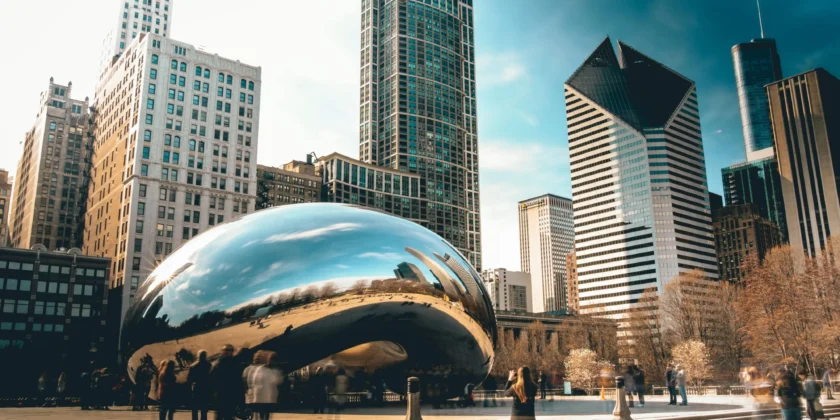BENGALURU: The recent fare hike implemented by Namma Metro has ignited a debate on the affordability and accessibility of public transport in Bengaluru. The revised ticket prices, introduced by the Bangalore Metro Rail Corporation Limited (BMRCL), have drawn sharp criticism from commuters and urban mobility experts alike.
Namma Metro has played a significant role in easing congestion on city roads, as evidenced by long queues at metro stations and packed coaches during peak hours. However, experts argue that the metro still functions as a niche transport option rather than an essential mass transit system. Despite Bengaluru’s infamous traffic snarls and deteriorating road conditions, many commuters continue to rely on BMTC buses, autorickshaws, taxis, and private vehicles.
Lack of Coordination and Government Accountability
Prof. Ashish Verma, an urban mobility expert from IISc, attributes BMRCL’s operational inefficiencies to a lack of coordination between government agencies. He criticized BMRCL’s focus on financial sustainability over public welfare. “The Metro exists for public good, not for profit-making. Providing affordable and seamless public transport is the government’s obligation. Access to transport is a constitutional right, which is currently being overlooked,” he asserted.
When questioned about the affordability of Metro fares, a BMRCL official reportedly dismissed concerns, stating, “Use the bus then.” Experts argue that such an attitude highlights the corporation’s failure to prioritize citizen needs. “BMRCL lacks transparency and refuses to learn from its past mistakes. The corporation should not aim for financial break-even when it has yet to reach key areas of the city, especially high-density corridors,” an urban development department official stated.
Ridership Decline Following Fare Hike
The fare increase has already impacted metro ridership, with BMRCL officials acknowledging a decline in commuter numbers. Public transport fares, including those for BMTC buses, autorickshaws, and taxis, remain higher in Bengaluru compared to cities like Chennai, Delhi, and Mumbai.
Sakshi K, a college student, lamented the added financial burden. “With my fixed pocket money, the metro fare hike is unreasonable. I also have to pay for auto rides to and from college, forcing me to cut down on other expenses.”
Urban mobility expert Satya Arikutharam emphasized that public transport must be affordable and reliable. He pointed out BMRCL’s slow construction rate—averaging just 7 km per year since its inception in 2011. Further, the Yellow Line, initially planned for operational use, remains non-functional due to infrastructure delays. “BMRCL’s lack of strategic planning means it is losing out on potential revenue, which could have minimized the need for fare hikes,” he noted.
Delays and Poor Project Management
BMRCL’s failure to establish seamless airport connectivity remains a significant shortcoming. Despite beginning metro groundwork in 2006, the Airport Line’s construction only started in 2022, with its deadline now extended to 2026 under Phase-2B of the Blue Line. Mobility expert Sanjeev Dyamannavar criticized BMRCL’s prioritization, arguing that the airport route should have been the initial focus. “There were no land acquisition issues on that stretch, unlike in other city areas. Hebbal to the airport should have been the first priority.”
Similarly, the RV Road-Bommasandra Yellow Line remains incomplete due to a lack of sufficient coaches. Of the 75.06 km planned under Phase-2, only 34.65 km has been completed. For Phases 2A and 2B, only 49% of the proposed 58.19 km has been developed.

Citizens have expressed frustration over the delayed Metro expansion. “I have to leave home at 7 AM daily to travel from Sarjapur to Whitefield. The incomplete Metro stretches and ongoing road congestion make commuting a nightmare,” said Jahnavi B, a resident.
Last-Mile Connectivity Woes
While BMTC claims to operate 206 feeder buses across 46 Metro stations, commuters argue that last-mile connectivity remains inadequate. Feeder services are missing from key locations such as MG Road, Cubbon Park, Vidhana Soudha, and Vijayanagar. Moreover, Metro services operate until 11:30 PM, but feeder buses do not run late at night, making travel unsafe, particularly for women.
Srinivas Alavilli, a civic activist, stressed the need for integrated transport planning. “Bengaluru needs a governing authority like the Bengaluru Metropolitan Land Transport Authority (BMLTA) to coordinate Metro, BMTC, and other transit services efficiently.”
Metro’s Limited Coverage
Despite 14 years of operation, Namma Metro has covered only 76.95 km across a city spanning 857 sq km. Its daily ridership has yet to surpass 10 lakh commuters, mainly due to its limited reach. Instead of focusing on urban expansion, the state government is planning metro links to outlying towns such as Bidadi, Ramanagara, and Tumakuru, raising concerns about misplaced priorities.
BMRCL is currently conducting soil testing for the Orange Line under Phase-3, covering 44.65 km. The projected completion deadline is set for 2029. However, many citizens remain skeptical. “I live in Uttarahalli, and the nearest Metro station is Nayandahalli, 20 minutes away. I’d rather drive 40 minutes to work than deal with the hassle of finding Metro parking and walking to the office,” said Sudarshan G, a commuter.
Need for Increased Metro Frequency
Despite heavy commuter traffic, BMRCL has failed to increase train frequency. While a nine-coach train at 1.5-minute intervals could accommodate more passengers, the Metro currently runs six-coach trains every 4-15 minutes. The long wait times and overcrowding add to commuter frustration.
Pravar Chowdhary, founder of Benga Walk, criticized the mismanagement and called for urgent improvements. “BMRCL must focus on frequency, affordability, and timely project execution. The Metro should be the backbone of Bengaluru’s transport system, not just a high-cost alternative.”
With Bengaluru’s ever-growing population and increasing reliance on public transport, BMRCL must prioritize commuter-friendly policies, enhance last-mile connectivity, and expedite pending projects. Without significant reforms, the Metro risks losing its potential as a viable mass transit solution for the city.





